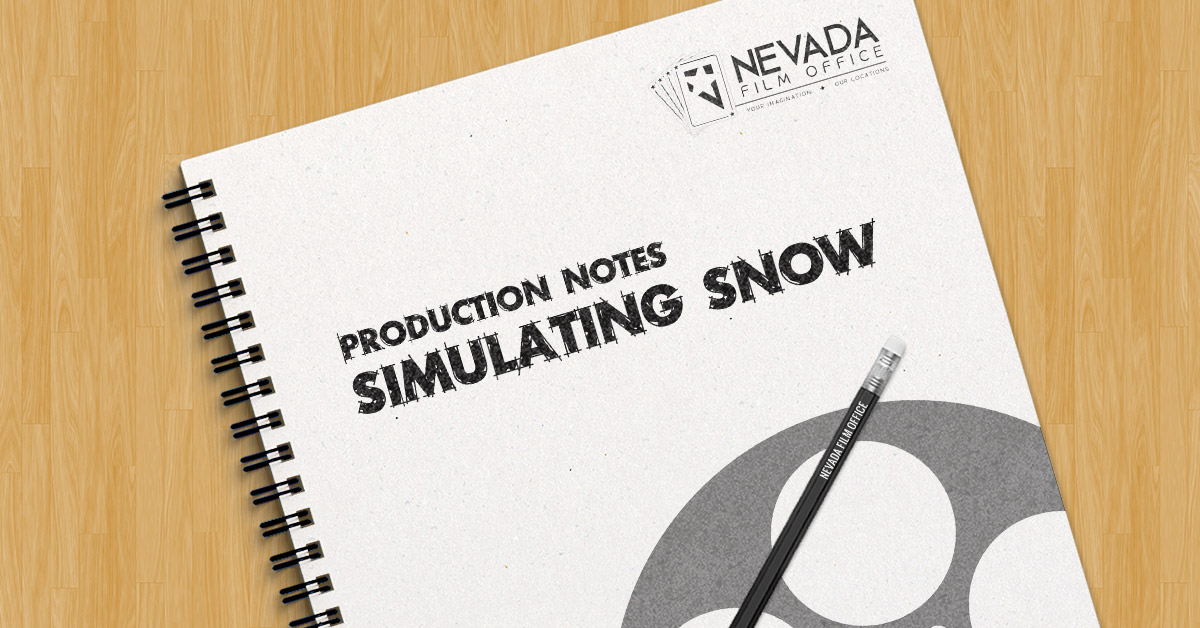
How Do Animated Films Simulate Snow?
In animated film history, the method behind creating realistic looking snow has improved drastically over time as the understanding of how snow behaves in the context of math and physics has inspired advanced changes in technology to create something that closely represents the growing knowledge through the use of physically-based algorithms in software programs called simulators.
A malleable element such as snow has such complex properties that it is nearly impossible to manually illustrate (hand draw) their various states and behaviors of movement accurately and efficiently. Due to these constraints, in an animated film like Frozen where characters are surrounded by snow in all of its various states and constantly interacting with it, it became a requirement for the production team to create a solution that would help achieve a realistic snow-filled environment that also accounted for all of the different ways that snow would behave as it encountered other objects.
By using a mathemetical approach called the “material point method,” such a solution became possible and was not only utilized for Frozen but it also became a useful point of reference for creating simulations for other malleable elements, like smoke and fire.
The material point method (MPM) is a numerical technique that allows mathematicians to treat blobs or clumps of snow as being made up of tons of tiny little particles which either stick together or fall apart, such as when a packed snowball hits a wall. By understanding the properties of snow as it relates to the major factors that influence its actions and appearance (factors that include things like viscosity, plasticity, hardness, volume, chunkiness, wetness, and more), productions can accurately manipulate the way they use snow in a scene by working backwards and visualizing the result of how they want an object to be affected by the snow first, and then determine how the snow will be produced or simulated in the scene based on the result they want to achieve.
Learn more about how Walt Disney Animation Studios created their own material point method solver to help them achieve artistically naturalistic looking snow for Frozen, and how this type of technology can inspire other experts in the math, science, and computer programming fields to build impressive solutions for the film industry using practical, real-world information about how energy and matter work.
“Disney’s Practical Guide to Snow Simulation” by Walt Disney Animation Studios
If you are looking for animators or technical consultants to help you with your next animated film project, check out our online Nevada Production Directory to find experienced Nevada production crew and support services or drop by our office and pick up a free printed directory!
If you offer production and film-related services in Nevada and are not yet listed in our Production Directory, you can learn more about how to sign up for the NPD here.